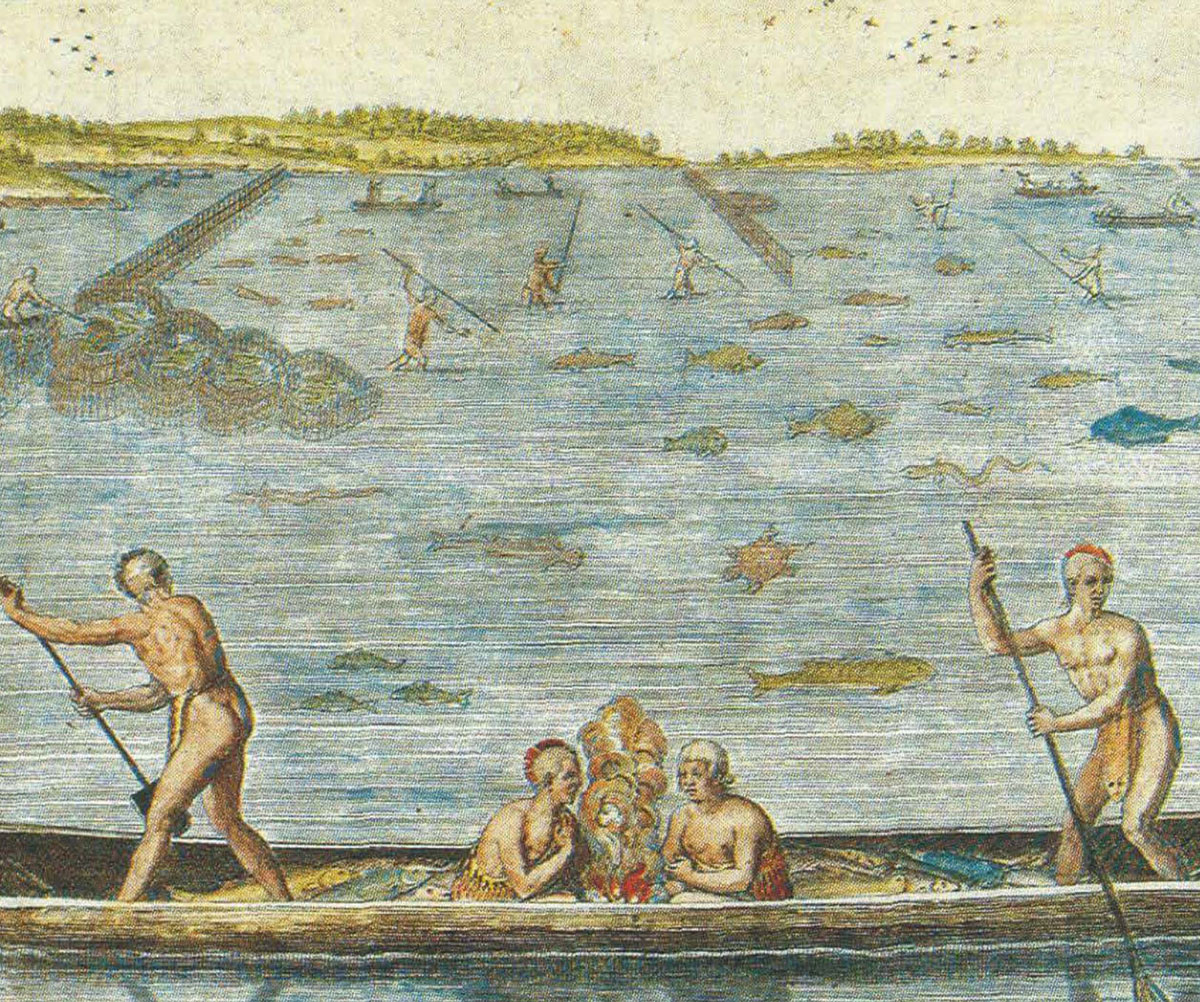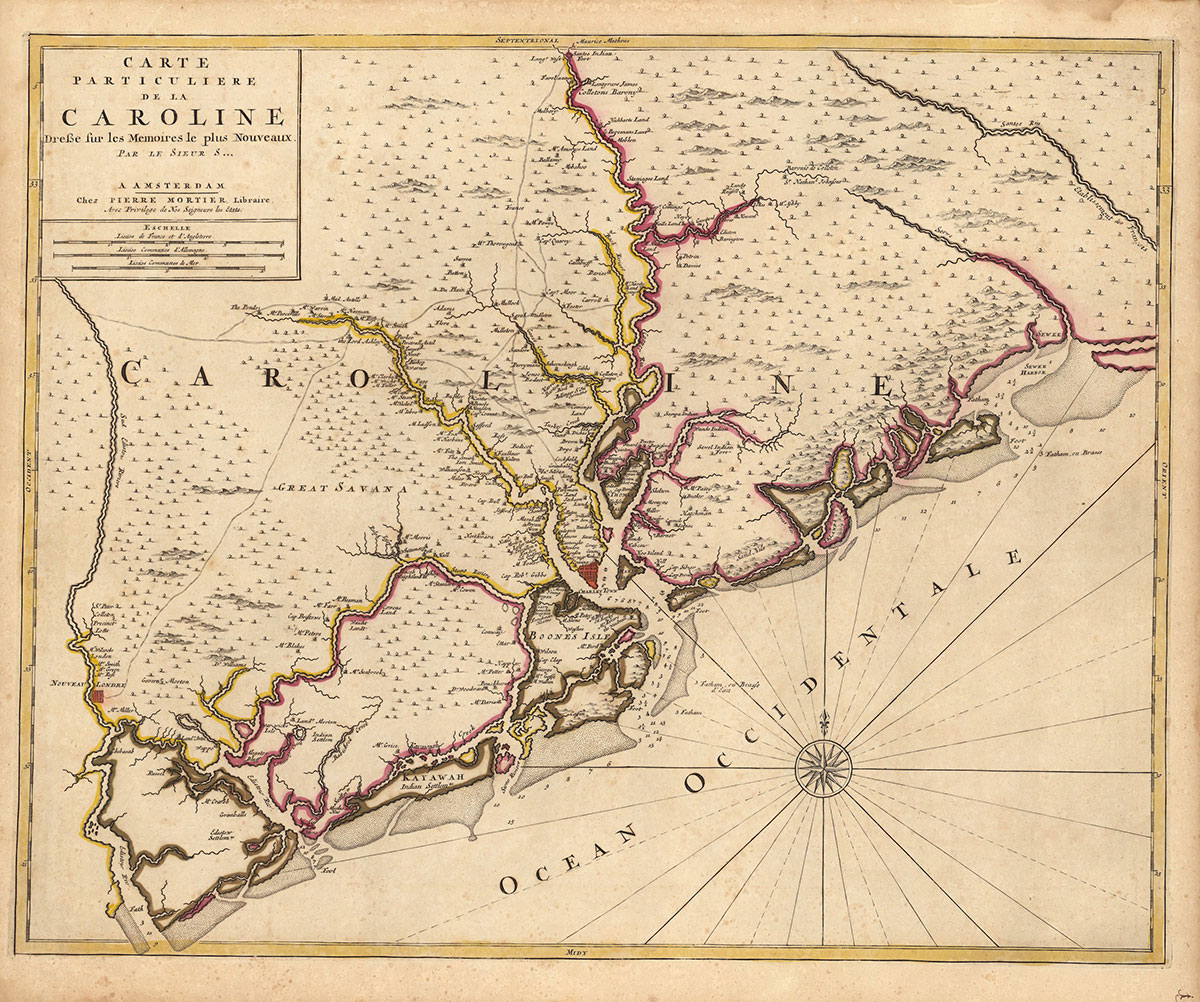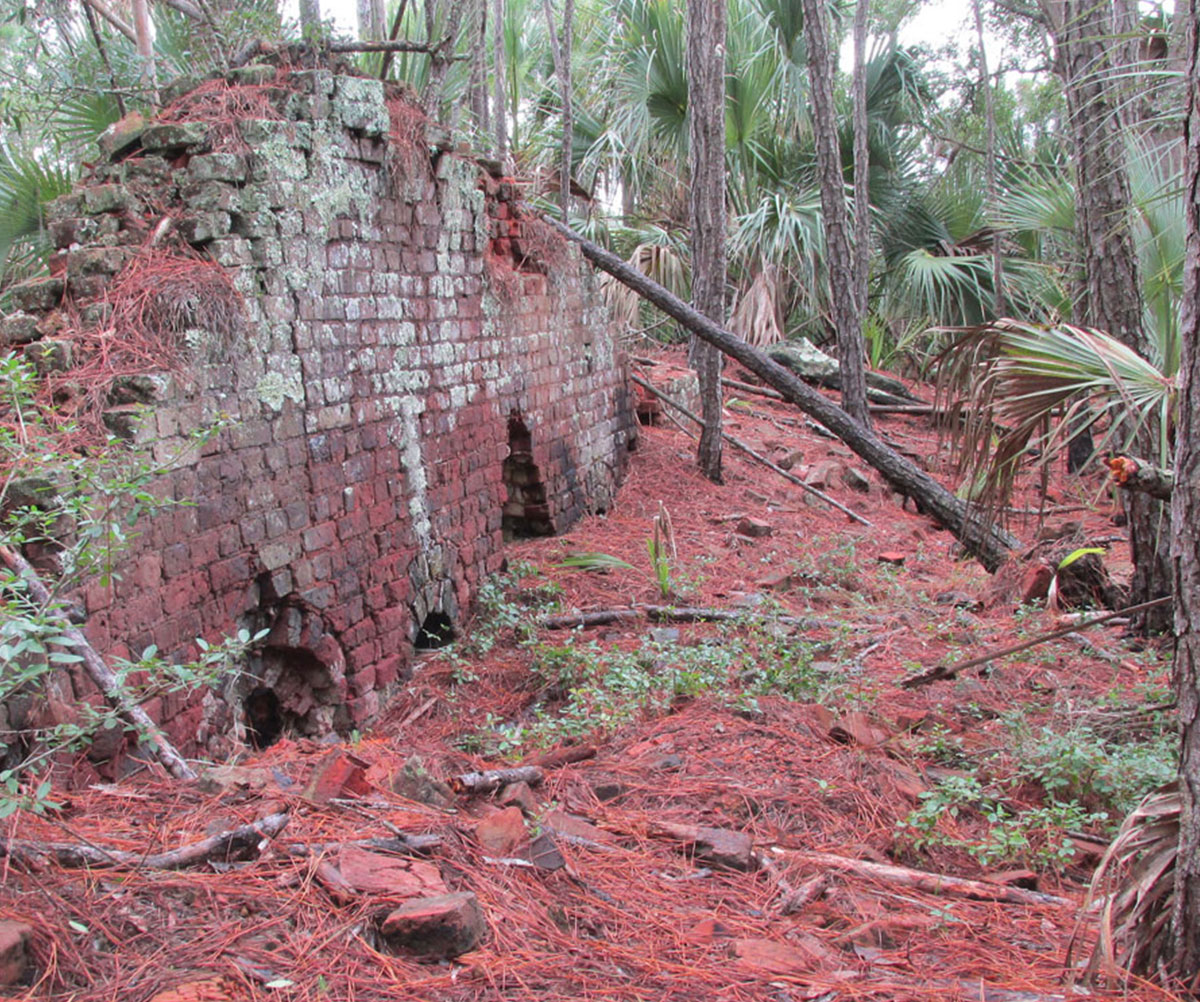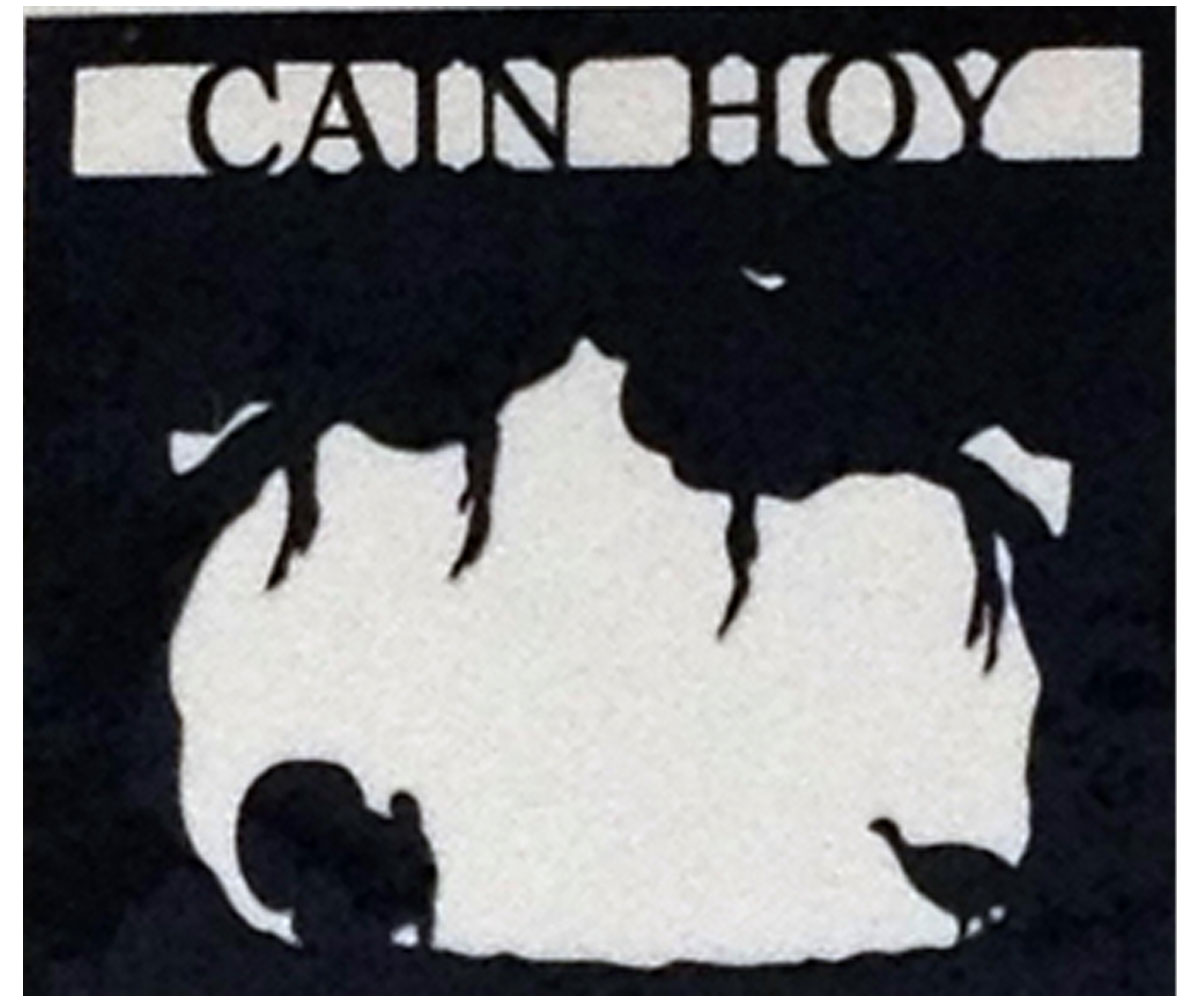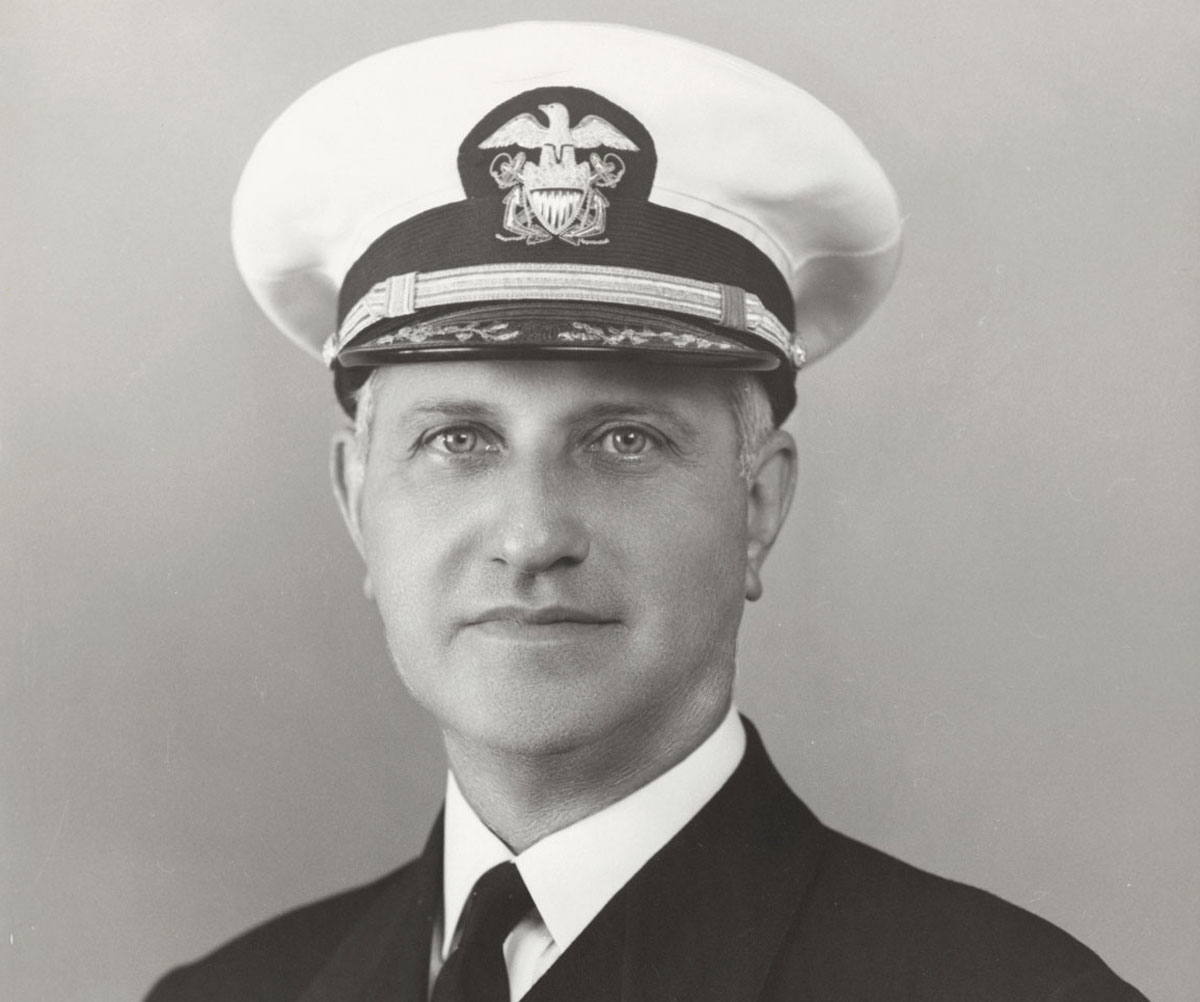Our Story
Our land has an extraordinary history, serving as a beloved family gathering place for generations and holding stories from centuries before. Over 20 years ago, the land was annexed to the City of Charleston as part of its growth plan. Through thoughtful community design and continued stewardship, Point Hope creates a bridge between the land’s legacy and its vibrant future.
DI Development Company
Day-to-day development at Point Hope is being managed by DI Development Company, a team of some of the most experienced planning and marketing professionals in the Southeast. Collectively, DIDevCo team members draw upon their experience at some of the region’s most celebrated planned communities, including Daniel Island, Kiawah Island, Carnes Crossroads and Palmetto Bluff. The team is committed to creating authentic, responsibly-developed communities that maintain a unique sense of place over time.
